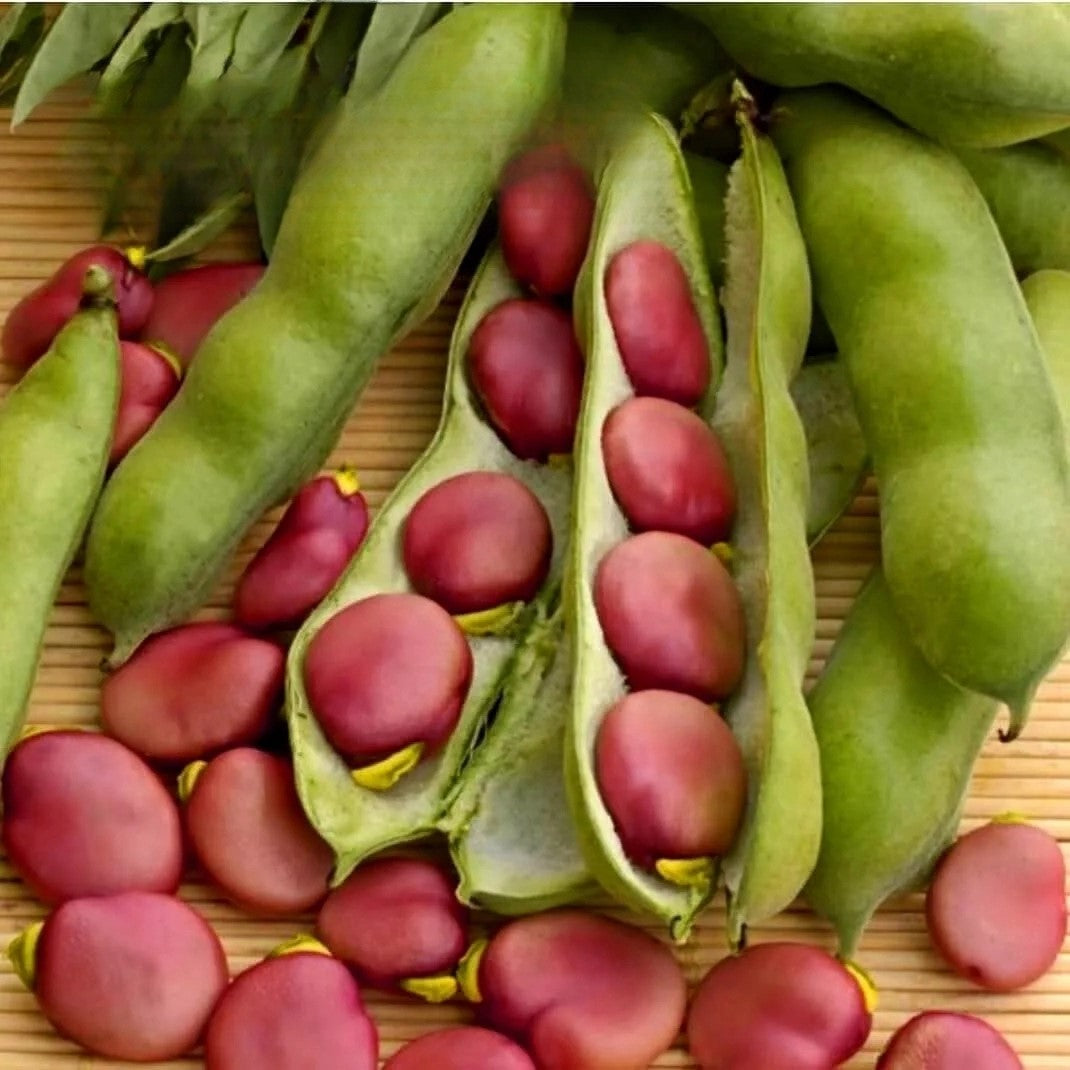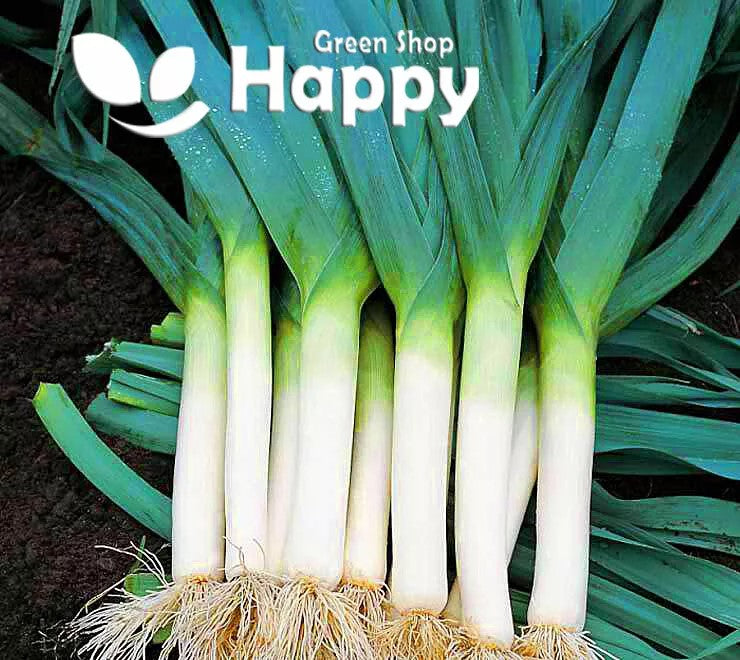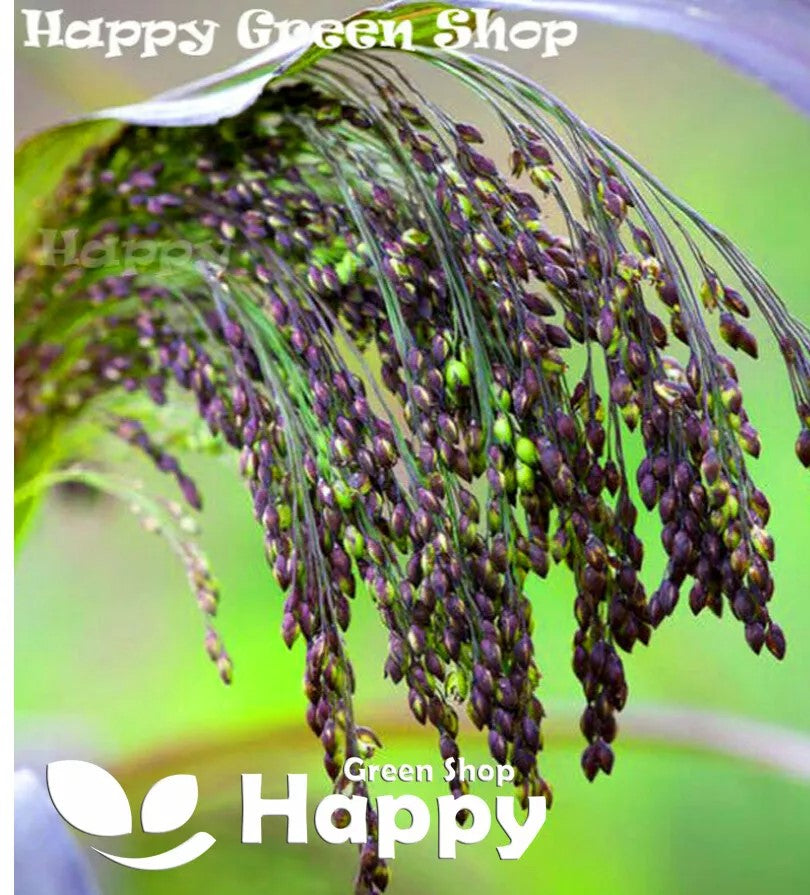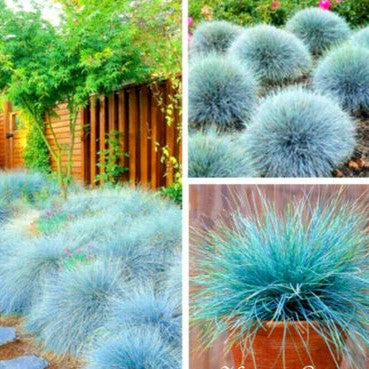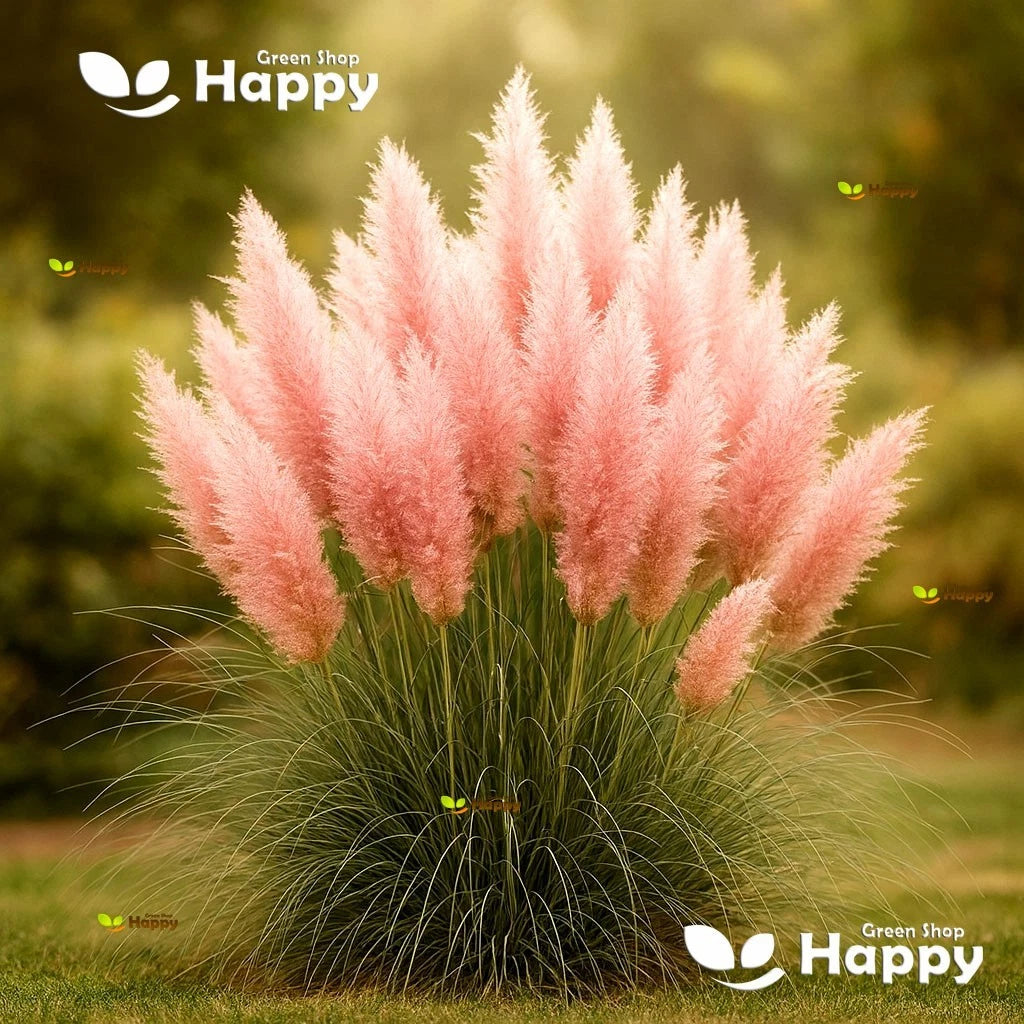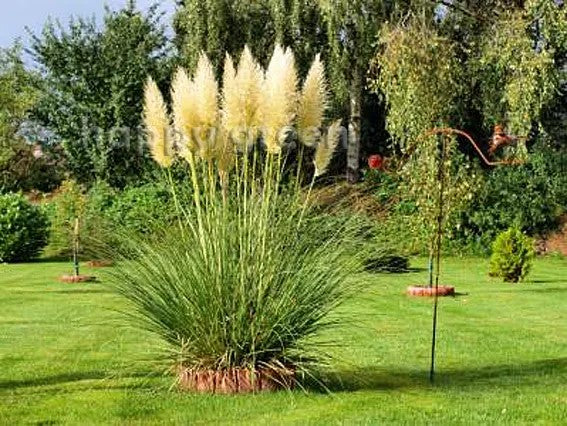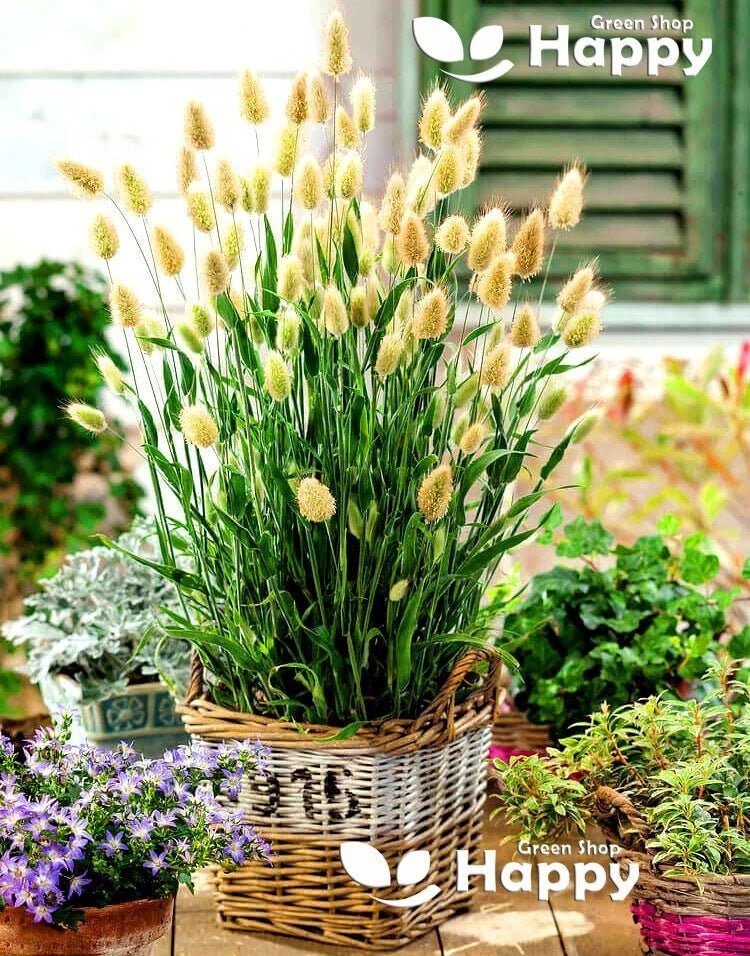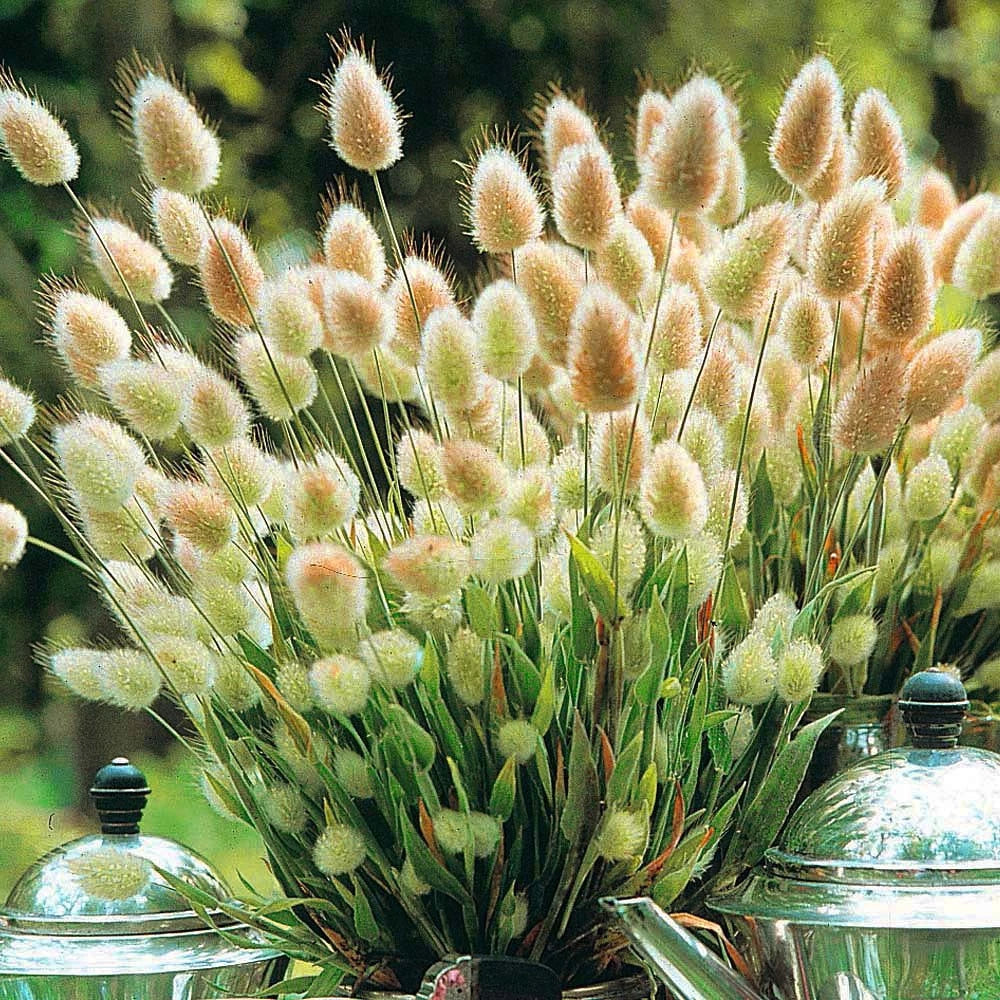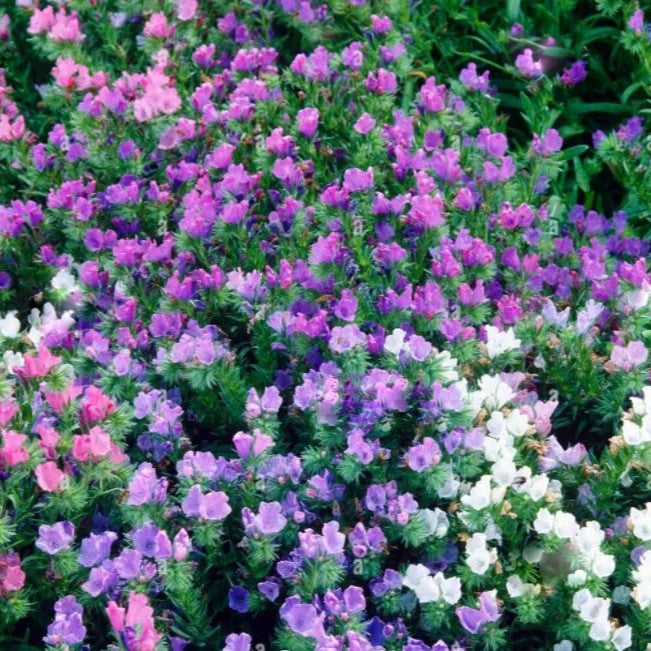Sort by:
299 products
299 products
Panic Grass / Violet Millet Seeds (Panicum violaceum)
Panic Grass, also known as Violet Millet, is a stunning ornamental grass with a strong, upright habit and arching leaves tipped with violet tones. The plant produces dark purple seed heads that add bold color, structure, and movement to borders and mixed plantings. Highly versatile, it can be used as a striking centerpiece in containers, or as a cut-and-dry feature for floral arrangements.
What Makes It Special
-
Striking violet-purple flower spikes
-
Strong, upright growth habit – adds height and structure
-
Excellent for cut and dried arrangements
-
Easy to grow and quick to mature
Key Features
-
Botanical name: Panicum violaceum
-
Common names: Panic Grass, Violet Millet
-
Seed count: Approx. seeds per pack
-
Height/Spread: 60–120 cm tall, 30–50 cm spread
-
Position: Full sun; tolerates a wide range of soils
-
Flowering period: Summer to early autumn
-
Lifespan: Annual grass
Ideal For
-
Borders and background planting
-
Containers and patio pots
-
Adding contrast in mixed plantings
-
Cut flowers and dried arrangements
-
Ornamental grass displays
Sowing Instructions
-
When to sow: March–May indoors, or April–June outdoors after frost danger has passed
-
How to sow:
-
Sow thinly in trays or directly outdoors in finely prepared soil
-
Cover lightly with soil (seeds need some light for germination)
-
Keep moist until seedlings appear (10–21 days)
-
-
Transplant/Thin: Space plants 30–40 cm apart
-
Care: Thrives in sun and well-drained soil; minimal maintenance needed
Blue Fescue Grass Seeds (Festuca glauca)
Blue Fescue is a compact, clump-forming ornamental grass prized for its striking silvery-blue foliage and neat rounded habit. It provides year-round interest and a beautiful contrast to flowering plants, rock gardens, or modern landscapes. Easy to grow and low-maintenance, this grass is a top choice for adding texture and color to gardens.
What Makes It Special
-
Stunning steel-blue foliage that keeps its color year-round
-
Compact, tufted shape – perfect for edging or groundcover
-
Extremely hardy and drought-tolerant once established
-
Low-maintenance and versatile in garden design
Key Features
-
Botanical name: Festuca glauca
-
Common name: Blue Fescue
-
Seed count: Approx. seeds per pack
-
Height/Spread: 20–30 cm tall, 25–30 cm spread
-
Position: Full sun; well-drained soil (thrives in poor, dry soils)
-
Flowering period: Summer (produces delicate flower spikes)
-
Lifespan: Hardy perennial
Ideal For
-
Rock gardens and alpine displays
-
Borders and edging along paths
-
Containers and modern minimalist gardens
-
Drought-tolerant or low-maintenance landscapes
-
Adding color contrast to mixed plantings
Sowing Instructions
-
When to sow: February–April indoors or May–June outdoors
-
How to sow:
-
Sow thinly on the surface of moist, well-draining compost
-
Press seeds lightly into the soil, do not cover deeply (light aids germination)
-
Keep at 15–20°C; germination in 14–28 days
-
-
Transplant: When seedlings are large enough, prick out and grow in pots before planting out
-
Planting out: Choose a sunny spot with free-draining soil; avoid overly wet conditions
-
Care: Minimal maintenance required. Cut back old leaves in early spring to encourage fresh growth.
Pampas Grass Pink Seeds (Cortaderia selloana)
Pampas Grass in soft pink shades is a spectacular ornamental grass, perfect for creating a bold yet elegant focal point in any garden. The tall plumes add height, texture, and movement to borders, while their delicate blush tones make them highly sought-after for floral arrangements and home décor.
What Makes It Special
-
Stunning pink-tinged plumes for a unique twist on the classic Pampas
-
Adds drama and structure to landscapes and garden borders
-
Drought-tolerant and hardy once established
-
Excellent for cutting, drying, and modern interior decoration
Key Features
-
Botanical name: Cortaderia selloana
-
Common name: Pampas Grass (Pink)
-
Seed count: Approx. seeds per pack
-
Height/Spread: Up to 2–2.5 m tall, 1.5–2 m spread
-
Position: Full sun; fertile, well-drained soil
-
Flowering period: Late summer to autumn
-
Lifespan: Hardy perennial
Ideal For
-
Dramatic garden focal points
-
Architectural and modern garden design
-
Coastal and drought-tolerant landscapes
-
Cutting and drying for long-lasting pink arrangements
-
Large borders, backdrops, or statement plantings
Sowing Instructions
-
When to sow: February–April indoors, or May–June outdoors after frost
-
How to sow:
-
Sow seeds on the surface of moist compost, do not cover (light needed for germination)
-
Maintain 18–22°C; germination in 2–4 weeks
-
-
Transplant: Pot on seedlings when large enough to handle
-
Planting out: Harden off before planting in a sunny, sheltered position with space to grow
-
Care: Water young plants well; once mature, Pampas Grass becomes drought-tolerant. Cut back old foliage in late winter to encourage fresh growth.
Pampas Grass Seeds (Cortaderia selloana)
Pampas Grass is one of the most iconic ornamental grasses, valued for its dramatic height, lush foliage, and striking feathery plumes that sway elegantly in the wind. A real statement plant, it is perfect as a focal point in gardens, borders, or large containers. Its plumes can also be dried and used in floral arrangements, wreaths, and modern interior décor.
What Makes It Special
-
Tall, architectural grass with stunning feathery plumes
-
Creates dramatic structure and movement in the garden
-
Drought-tolerant and hardy once established
-
Plumes can be cut and dried for long-lasting indoor decoration
Key Features
-
Botanical name: Cortaderia selloana
-
Common name: Pampas Grass
-
Seed count: Approx. seeds per pack
-
Height/Spread: Up to 2.5 m tall, 1.5–2 m spread
-
Position: Full sun; fertile, well-drained soil
-
Flowering period: Late summer to autumn
-
Lifespan: Hardy perennial grass
Ideal For
-
Garden focal points and landscaping
-
Large borders and wildlife-friendly planting
-
Coastal gardens (tolerates wind and salt)
-
Architectural garden design
-
Cutting and drying for indoor decoration
Sowing Instructions
-
When to sow: February–April indoors, or May–June outdoors after frost
-
How to sow:
-
Sow on the surface of moist seed compost – do not cover (needs light to germinate)
-
Keep at 18–22°C, germination may take 2–4 weeks
-
-
Transplant: Move seedlings to individual pots when large enough to handle
-
Planting out: Harden off and plant outdoors in a sunny, sheltered spot with space to grow
-
Care: Water young plants well. Once established, Pampas Grass is drought-tolerant. Cut back old foliage in late winter to make way for fresh growth.
Bunny’s Tail Grass Seeds (Lagurus ovatus)
Bunny’s Tail Grass is a delightful ornamental grass grown for its soft, fluffy seed heads that resemble little rabbit tails. Compact and charming, this annual grass produces tufted, silky panicles that turn from pale green to creamy white as they mature. It is excellent for borders, containers, wildlife gardens, and makes a superb addition to dried flower arrangements. Easy to grow and highly versatile, it adds both movement and texture to summer displays.
What Makes It Special
-
Unique fluffy “bunny tail” seed heads
-
Excellent for fresh or dried flower arrangements
-
Compact and suitable for pots or borders
-
Loved for adding texture to floral displays and garden edges
Key Features
-
Botanical name: Lagurus ovatus
-
Common name: Bunny’s Tail Grass / Hare’s-tail Grass
-
Seed count: Approx. seeds per pack
-
Height/Spread: 30–45 cm tall, 20–30 cm spread
-
Position: Full sun; well-drained soil
-
Flowering period: June–September
Ideal For
-
Borders and edging
-
Patio containers
-
Dried flower arrangements
-
Wildlife-friendly gardens
-
Coastal and low-maintenance planting
Sowing Instructions
-
When to sow: March–May indoors or direct sow outdoors in April–June
-
How to sow:
-
Sow thinly on the surface of well-drained seed compost or prepared soil
-
Lightly cover with fine soil or vermiculite
-
Keep moist until germination (10–20 days)
-
-
Transplant/Thin: Space plants 20–25 cm apart
-
Care: Minimal care needed; drought-tolerant once established. Cut seed heads for drying when fluffy.
Blueweed Flower Mix Seeds (Echium plantagineum)
The Blueweed Flower Mix is a vibrant and easy-to-grow annual that produces a spectacular display of blue, pink, violet, and purple trumpet-shaped blooms. Also known as Paterson’s Curse, this wildflower is prized for its striking colors and its ability to attract bees, butterflies, and other pollinators throughout summer. Perfect for naturalistic planting, wildflower meadows, or borders, this hardy mix thrives in poor soils and sunny sites, offering months of color with minimal care.
What Makes It Special
-
Long-lasting multi-colored floral display
-
Excellent for wildlife-friendly gardens
-
Thrives in dry, poor soils where other flowers may struggle
-
Perfect choice for naturalistic meadows and pollinator habitats
Key Features
-
Botanical name: Echium plantagineum
-
Common name: Blueweed / Paterson’s Curse
-
Seed count: Approx. seeds per pack
-
Height/Spread: 30–80 cm tall, 20–40 cm spread
-
Position: Full sun; well-drained sandy or gravelly soil
-
Flowering period: June–September
Ideal For
-
Wildflower meadows
-
Pollinator-friendly planting
-
Cottage gardens
-
Low-maintenance beds and borders
-
Naturalizing in sunny, dry spots
Sowing Instructions
-
When to sow: March–May outdoors or September for earlier blooms next year
-
How to sow:
-
Sow seeds directly where they are to flower, in well-prepared soil
-
Lightly rake in and firm down
-
Keep soil moist until germination (7–14 days)
-
-
Spacing: Thin seedlings to 20–30 cm apart
-
Care: Once established, requires very little maintenance. Tolerant of drought. Deadhead to prolong flowering.
Floss Flower ‘Red Flint’ Tall Seeds (Ageratum mexicanum)
The Floss Flower ‘Red Flint’ is a striking tall-growing variety of Ageratum mexicanum, producing masses of unique, soft, fluffy red-rose flower clusters. Unlike the traditional blue forms, this bold variety adds a vibrant splash of color and stands taller, making it ideal for borders, cutting gardens, and background planting. Flowering over a long season, it is a magnet for pollinators while adding a distinctive texture to the garden.
What Makes It Special
-
Rare red-toned fluffy flowers – a unique twist on the classic Ageratum
-
Taller habit for cut flowers and garden impact
-
Continuous flowering from summer until frost
-
Loved by butterflies and bees
Key Features
-
Botanical name: Ageratum mexicanum
-
Variety: Red Flint (Tall)
-
Seed count: Approx. seeds per pack
-
Height/Spread: 45–60 cm tall, 25–30 cm spread
-
Position: Full sun; well-drained fertile soil
-
Flowering period: June–October
Ideal For
-
Mid- to back-border planting
-
Cottage and cut-flower gardens
-
Adding height and contrast in beds
-
Pollinator-friendly planting schemes
Sowing Instructions
-
When to sow: February–April indoors
-
How to sow:
-
Sow seeds on the surface of moist compost; do not cover, as light aids germination
-
Keep at 18–22°C; germination takes 7–14 days
-
-
Transplanting: Prick out seedlings into pots when large enough. Harden off before planting outdoors after the last frost
-
Spacing: 25–30 cm apart
-
Care: Regular deadheading encourages more blooms and prolongs flowering
Floss Flower ‘Blue Mink’ Seeds (Ageratum houstonianum)
The Floss Flower ‘Blue Mink’ is a compact, long-flowering annual that produces unique clusters of soft, fluffy sky-blue flowers from summer to autumn. Known for its neat, bushy habit and striking color, it’s perfect for bedding, borders, edging, and container planting. Its powder-blue shades blend beautifully with pinks, whites, and yellows, making it a versatile addition to any garden.
What Makes It Special
-
Distinctive fluffy blue blooms rarely found in annuals
-
Compact, uniform growth ideal for low borders
-
Long flowering season – continuous display until frost
-
Attracts bees and butterflies
Key Features
-
Botanical name: Ageratum houstonianum
-
Variety: Blue Mink
-
Seed count: Approx. seeds per pack
-
Height/Spread: 20–30 cm tall, 20–25 cm spread
-
Position: Full sun or partial shade; moist, well-drained soil
-
Flowering period: June–October
Ideal For
-
Bedding and edging
-
Container and patio displays
-
Cottage gardens
-
Pollinator-friendly planting
Sowing Instructions
-
When to sow: February–April indoors
-
How to sow:
-
Sow thinly on the surface of moist compost; do not cover, as light aids germination
-
Maintain 18–22°C; germination usually takes 7–14 days
-
-
Transplanting: Prick out seedlings when large enough, grow on in small pots, then harden off before planting outdoors after the last frost
-
Spacing: Plant 20 cm apart
-
Care: Deadhead to extend the flowering season
Floss Flower Dwarf Pink Seeds (Ageratum mexicanum)
The Floss Flower Dwarf Pink is a charming, compact annual that produces clusters of soft, fluffy pink blooms from summer through autumn. Its neat, mound-forming habit and long-lasting flowers make it perfect for borders, edging, containers, and pollinator-friendly gardens. A reliable and easy-to-grow plant that adds both color and texture to garden displays.
What Makes It Special
-
Unique fluffy pink flowers for a delicate garden touch
-
Compact dwarf variety, perfect for edging and bedding
-
Continuous flowering throughout summer into fall
-
Attracts butterflies and other pollinators
Key Features
-
Botanical name: Ageratum mexicanum
-
Common name: Floss Flower Dwarf Pink
-
Seed count: Approx. seeds per pack
-
Height/Spread: 15–25 cm tall, 20–25 cm spread
-
Position: Full sun or partial shade; well-drained, fertile soil
-
Flowering period: June–October
Ideal For
-
Bedding and edging
-
Containers and patio pots
-
Pollinator-friendly gardens
-
Mixed color flower beds
Sowing Instructions
-
When to sow: February–April indoors
-
How to sow:
-
Sow thinly on the surface of moist compost; do not cover, as light aids germination
-
Maintain 18–22°C; germination usually in 7–14 days
-
-
Transplanting: Prick out seedlings, grow on in small pots, then harden off before planting outdoors after frost
-
Spacing: Plant 15–20 cm apart
-
Care: Deadhead regularly to encourage continuous blooms
Showing 279/299

